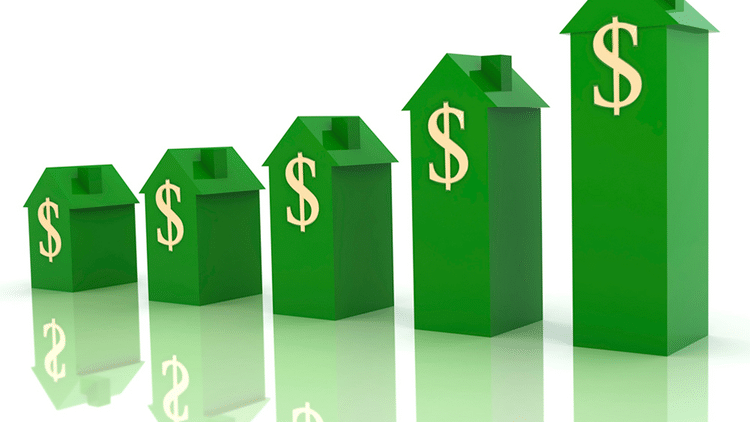The strongest quarterly sales pace in exactly a decade put significant downward pressure on inventory levels and caused price growth to further accelerate during the first three months of 2017, according to the latest quarterly report by the National Association of Realtors. Metro home prices have now accelerated for three consecutive quarters.

The national median existing single-family home price in the first quarter was $232,100, which is up 6.9 percent from the first quarter of 2016 ($217,200) and the fastest growth since the second quarter of 2015 (8.2 percent). The median price during the fourth quarter of 2016 increased 5.9 percent from the fourth quarter of 2015.
Single-family home prices last quarter increased in 85 percent of measured markets, with 152 out of 178 metropolitan statistical areas (MSAs) showing sales price gains in the first quarter compared with the first quarter of 2016. Twenty-five areas (14 percent) recorded lower median prices from a year earlier.
Lawrence Yun, NAR chief economist, said continual supply shortages ignited faster price appreciation across the country in the first quarter:
“Prospective buyers poured into the market to start the year, and while their increased presence led to a boost in sales, new listings failed to keep up and hovered around record lows all quarter,” he said. “Those able to successfully buy most likely had to outbid others – especially for those in the starter-home market – which in turn quickened price growth to the fastest quarterly pace in almost two years.”
Thirty metro areas in the first quarter (17 percent) experienced double-digit increases (unchanged from the fourth quarter of 2016). Overall, there were slightly fewer rising markets in the first quarter compared to the fourth quarter of 2016, when price gains were recorded in 89 percent of metro areas.
Total existing-home sales, including single family and condos, climbed 1.4 percent to a seasonally adjusted annual rate of 5.62 million in the first quarter (highest since first quarter of 2007 at 5.66 million) from 5.55 million in the fourth quarter of 2016, and are 5.0 percent higher than the 5.36 million pace during the first quarter of 2016.
At the end of the first quarter, there were 1.83 million existing homes available for sale, which was 6.6 percent below the 1.96 million homes for sale at the end of the first quarter in 2016. The average supply during the first quarter was 3.7 months – down from 4.2 months in the first quarter of last year.
Despite a rise in the national family median income ($71,201)4, the combination of higher mortgage rates and home prices slightly weakened affordability compared to a year ago. To purchase a single-family home at the national median price, a buyer making a 5 percent down payment would need an income of $52,251, a 10 percent down payment would require an income of $49,501, and $44,001 would be needed for a 20 percent down payment.
“Last quarter’s robust pace of sales was especially impressive considering the affordability sting buyers experienced from higher prices and mortgage rates,” said Yun. “High demand is poised to continue heading into the summer as long as job gains continue. However, many metro areas need to see a significant rise in new and existing inventory to meet this demand and cool down price growth.”